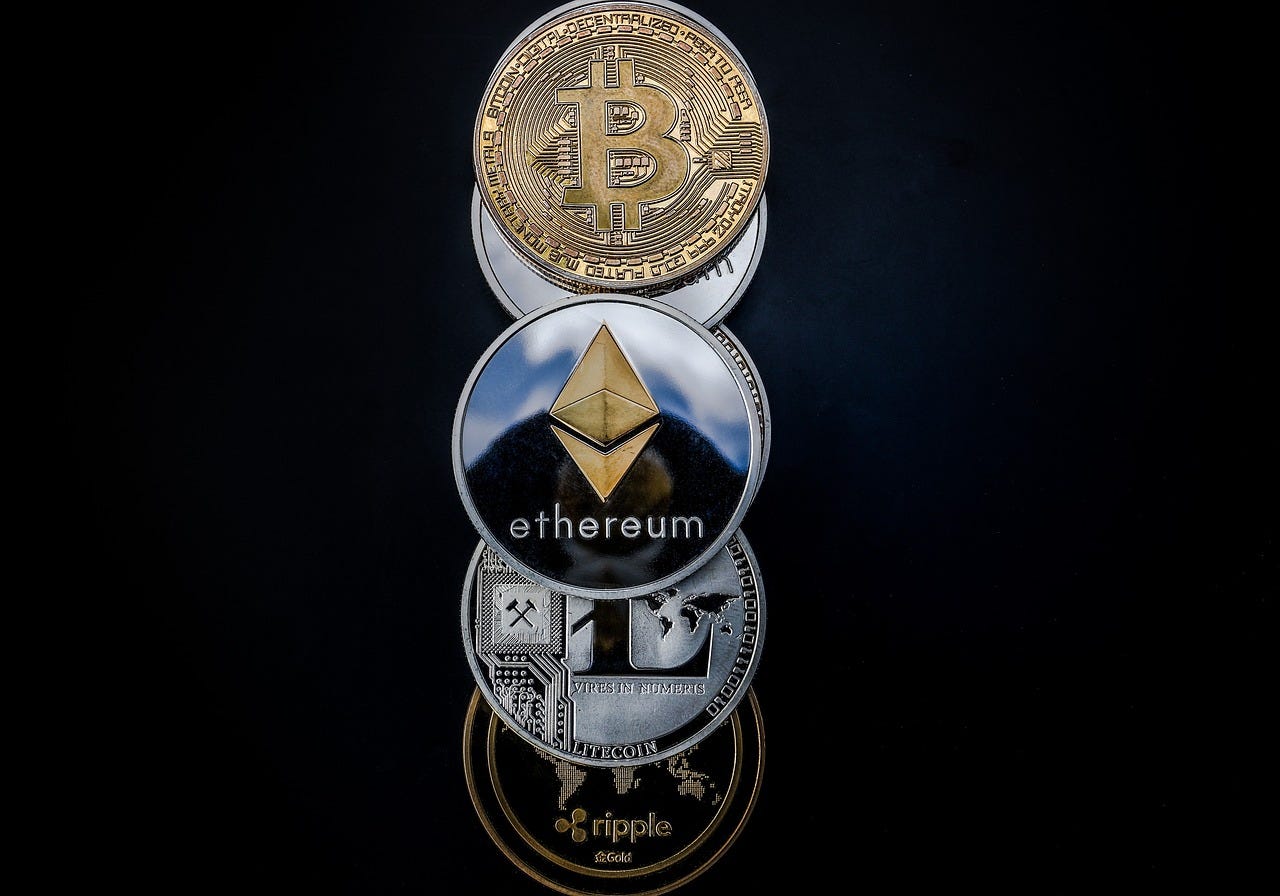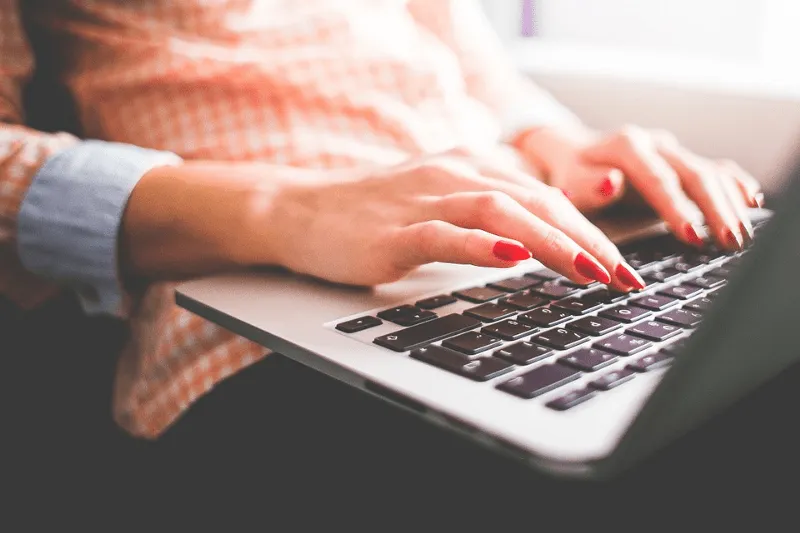To understand how cryptojacking works, think about someone secretly using your phone to make long calls or send messages - draining your battery and wasting your data. This is essentially what cryptojacking does to your business's systems. It's a covert attack where cybercriminals hijack your devices to mine cryptocurrency without your knowledge, exploiting your resources and slowing down performance. Most people don't even realize they've been compromised until it's too late.
According to SonicWall, cryptojacking incidents rose by a staggering 659% in 2023 alone. This isn't just a problem for individuals; businesses, too, are increasingly becoming victims of this threat. Whether you're managing a blockchain network or running an instant casino platform, cryptojacking can seriously undermine the performance of your systems, leaving you with high repair costs and potentially lasting damage to your reputation. For example, crypto casino transactions are faster, have lower fees, and provide enhanced privacy and security.
The most immediate and noticeable effect of cryptojacking would be slower transaction processing times for bets and payouts. The interfaces will be unresponsive and experience increased latency in live dealer games. This would immediately alert the crypto casino of an issue. However, in many cases, cryptojacking attacks don't trigger immediate, obvious alerts.
Hackers gain control of your system's processing power, using it to mine cryptocurrencies like Bitcoin or Ethereum. Over time, this hidden activity drains energy, increases operational costs, and can even damage hardware. The real impact of cryptojacking often becomes apparent only after the damage is done.
But what is cryptojacking, and why is it becoming such a huge concern for businesses?
How Cryptojacking Works
There are a couple of common ways hackers carry out cryptojacking attacks.
Malicious Software Installation
The most common cryptojacking method is when hackers trick users into downloading malicious software. Often, this occurs through phishing emails or deceptive websites that trick users into downloading infected files. Once installed, the software runs quietly in the background, using the system's processing power to mine cryptocurrency. The software might remain undetected for weeks or months, continuing to siphon off resources without triggering any alarms.
Cryptojacking Scripts
The second method involves scripts that are embedded in websites or online ads. These scripts automatically run when a user visits a compromised site. Unlike malicious software installations, cryptojacking scripts don't require users to download anything. All it takes is visiting a website or interacting with an infected ad, and the script begins mining cryptocurrency in the background, using the user's device to process the coins.
Because the mining happens in the background and isn't immediately visible, cryptojacking scripts can go undetected for long periods. This poses a major risk for businesses, as the performance degradation may not become obvious until significant damage has already occurred.
How Hackers Benefit from Cryptojacking
The goal for hackers is simple: the more systems they can infect, the more cryptocurrency they can mine. Cryptojacking is an efficient way for cybercriminals to profit without investing in their hardware. By infecting multiple devices or servers, hackers can create a powerful network for mining without needing to pay for the electricity, maintenance, or other costs associated with running their mining operation.
For businesses, hackers can cause significant damage without any direct financial investment in the attack itself. Instead, the business bears the costs, degraded system performance, increased energy consumption, and the eventual need for repair or replacement of damaged hardware.
Why Should Blockchain Enthusiasts Be Concerned?
Cryptojacking isn't just a problem for traditional businesses; it's particularly concerning for anyone involved in blockchain technology. Blockchain platforms, by design, require a lot of computational power to maintain their decentralized ledgers and validate transactions. This makes them prime targets for cryptojackers, who can exploit the heavy computational load required to keep a blockchain running.
For example, if you manage a blockchain network, you rely on powerful servers to handle constant transactions and computations. Hackers who target these systems can cause significant disruptions. The mining process reduces the platform's efficiency and leads to resource depletion, causing slowdowns, crashes, and potential data loss. Worse yet, the financial damage could be considerable if the system is hijacked for an extended period.
How to Protect Your Business from Cryptojacking
The good news is that there are steps businesses can take to reduce the risk of cryptojacking and protect their networks. While it's impossible to eliminate all threats, a proactive approach can make it much harder for hackers to infiltrate your systems successfully.
Use Strong Security Software
Installing up-to-date antivirus and anti-malware software is one of the most effective ways to defend against cryptojacking. Many security tools are designed to detect cryptojacking scripts and mining software, so keeping your systems updated will help ensure they are equipped to spot these hidden attacks.
Monitor System Performance
Regularly monitoring the performance of your systems is crucial. If you notice that your computers or servers are running slower than usual or if you see unexpected spikes in electricity usage, it could be a sign that cryptojacking is taking place. By staying alert to performance changes, businesses can quickly identify and address cryptojacking attacks before they cause significant damage.
Block Mining Scripts
Cryptojacking scripts can often be blocked with browser extensions and web filters. Implementing these tools is a good way for businesses to prevent malicious scripts from running in the background when users visit infected sites.
Educate Employees
One of the most common entry points for cryptojacking is through phishing emails or unsafe websites. By educating employees on spotting suspicious links or malicious downloads, businesses can significantly reduce the chances of cryptojacking entering their systems. Encourage staff to exercise caution when downloading files or clicking on unfamiliar links.
Use Multi-Factor Authentication
Multi-factor authentication (MFA) provides an additional layer of protection, preventing unauthorized access to business systems. Even if a hacker manages to trick an employee into downloading mining software, MFA can make it harder for them to gain full access to the network.
Encrypt Your Network
Encryption is another critical security measure. Encrypting your network helps ensure that even if an attacker intercepts data, they won't be able to inject malicious code into your systems. Encryption can also protect sensitive data from being stolen or altered during an attack.
Regularly Update Systems
Keeping all software, including operating systems and web applications, up to date is one of the best ways to defend against cryptojacking. Software updates often include security patches that close vulnerabilities hackers may exploit. By ensuring that systems are always up to date, businesses can reduce the risk of cryptojacking attacks.
Understanding how cryptojacking works and taking proactive measures makes it possible to defend against this growing threat. Staying alert, investing in robust security, and keeping systems up to date is key to ensuring businesses stay one step ahead of cybercriminals. The threat may be real, but with the right tools and awareness, cryptojacking doesn't have to take down your business. Preparation goes a long way in safeguarding digital assets and running operations smoothly.



